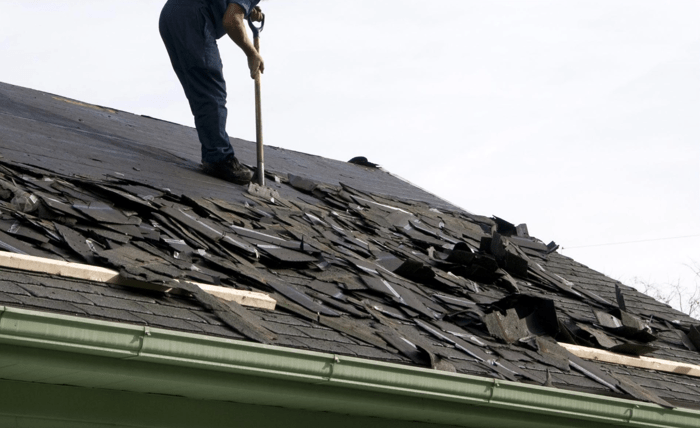When a roof suffers unexpected damage from storms, fallen branches, or severe weather, homeowners face immediate concern for safety and property protection. A compromised roof can lead to water leaks, structural weakening, and potential damage to furniture and personal belongings. In these moments, knowing how a roof replacement works can reduce stress and guide decisions more effectively.
Many residents rely on emergency roof replacement services during sudden damage to restore their homes quickly. Professionals respond to urgent calls, assess the damage, and take measures to secure the structure. In this article, we will walk through what happens during an emergency roof replacement.
Initial Damage Assessment
The first step involves a thorough examination of the roof’s condition. Experts inspect the affected areas for leaks, broken shingles, and structural weaknesses, noting anything that may compromise the home further. The inspection typically involves looking inside the attic for signs of moisture and examining the roof from multiple viewpoints to identify potential problems early.
Homeowners should expect clear explanations about the extent of damage and estimated repair time. The inspection typically concludes with a plan that outlines necessary materials, safety precautions, and temporary fixes if rain or wind continues. Knowing the details helps residents in any location understand the urgency and scope of replacement needed.
Roof Preparation Before Replacement
Once damage is documented, preparation begins to protect both workers and property. Debris removal is crucial to create a safe working environment, preventing accidents from loose branches, old shingles, or fallen tiles. Safety equipment, scaffolding, and protective coverings are installed to reduce the risk of injury and keep interior areas secure during the process.
Another key preparation step involves selecting replacement materials that match the roof’s design and durability requirements. Depending on availability, contractors may source materials locally or transport them from nearby suppliers, ensuring no unnecessary delays. Preparing properly allows the replacement to proceed smoothly and reduces the likelihood of mistakes during installation.
Get Your Roof Ready for Replacement
Replacing a damaged roof includes several coordinated steps to restore structural integrity. Contractors typically start by removing the old roofing layers carefully, checking for hidden water damage or mold that may require additional attention. Afterward, they install new underlayment and insulation, which provide both protection and energy efficiency for the home.
Next, they secure the new roofing materials, ensuring each section is aligned and fastened properly to prevent leaks or shifting. Flashing and sealants are applied around chimneys, vents, and edges to enhance durability and weather resistance. The crew carefully examines the roof for any loose areas or vulnerabilities, correcting them before proceeding with cleanup and final detailing.
Cleanup and Inspection
After installation, the site is cleaned of nails, shingles, and debris, leaving the property neat and safe for residents. The crew reviews the completed roof with the homeowner, pointing out key areas and confirming that every aspect meets safety standards. They also provide guidance on spotting early signs of potential issues, helping homeowners address problems before they become serious.
Tips for Post-Replacement Roof Safety
- Monitor for leaks during the first rainfall
- Inspect the attic and ceiling for hidden water stains
- Schedule routine maintenance to extend the roof’s lifespan
Final Safety and Longevity Checks
The last phase ensures that the new roof is secure, properly ventilated, and structurally sound. Contractors may offer advice on seasonal maintenance and local weather precautions to prevent early wear and unexpected emergencies. Residents in different locations can feel confident knowing their homes are safeguarded against future damage.
Having access to emergency roof replacement services allows homeowners to respond quickly when disasters strike. A well-replaced roof shields a home and also supports the long-term durability of the property. It also provides peace of mind, knowing that the family and belongings are protected from sudden weather damage. Regular inspections and timely repairs can further extend the roof’s lifespan, saving money and stress in the future.

